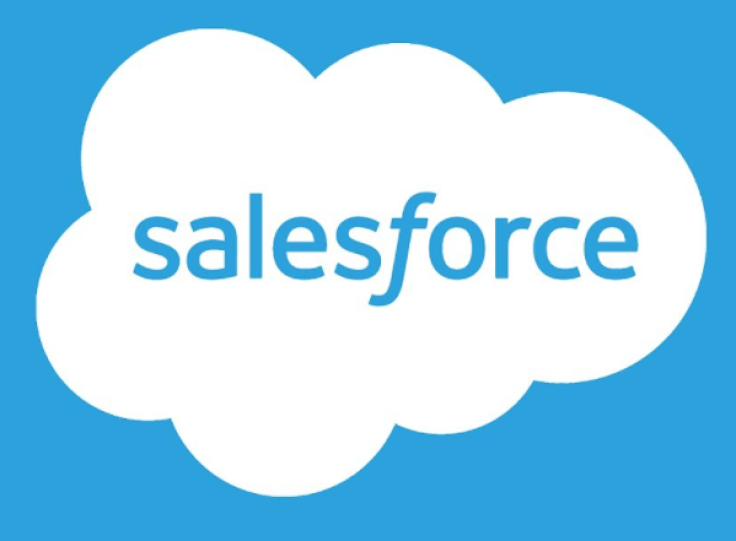The Problem With Salesforce’s Feverish Growth

For years, Salesforce has been delivering solid sales quarter after quarter, pleasing the momentum crowd on Wall Street. In the fourth quarter of 2021, the CRM giant reported a 26% jump in year-over-year sales and raised its guidance for FY 2023.
Leadership rushed to praise the company’s phenomenal growth and prospects.
“We had another phenomenal quarter and full-year of financial results,” said Marc Benioff, chair and co-CEO of Salesforce. “As we continue to see tremendous demand from customers, we’re raising our FY23 revenue guidance to $32.1 billion at the high-end range, with a non-GAAP operating margin of 20%, and operating cash flow growth of 22% year-over-year.”
“With our customers’ success driving our financial success, we’re generating disciplined, profitable growth at scale quarter after quarter,” said Bret Taylor, co-CEO of Salesforce. “Our Customer 360 platform has never been more strategic or relevant in driving the growth and resilience of our customers around the world.”
Chris Rothstein, CEO and founder of Groove (a Salesforce native partner that is one of the most popular platforms on Salesforce AppExchange), is on the same page with Salesforce leadership. He’s seeing Salesforce as well-positioned to deal with the uncertainty associated with rising inflation and take advantage of the acquisition opportunities that would arise due to multiple compression.
“Given how deep its relationships are with its customers, Salesforce will continue to do well in the current financial environment,” said Rothstein. “As economic uncertainty and inflation continue to drive down multiples for tech companies around the world, Salesforce is uniquely positioned to be able to take advantage of the situation. If multiples continue to drop, they may look to acquire more companies with the cash they have on their balance sheet.”
Adam Mansfield, commercial advisory practice leader at UpperEdge, had praise for the company’s sales growth.
“Revenue has been growing, and Salesforce has achieved a lot, but these customers are not anywhere near where they eventually can be relative to the solutions they can adopt and the spend levels that come with that,” he said. “This strategy of getting buy-in at the C-level as a Salesforce strategic partner that customers need to rely on for their future success is extremely effective.”
Still, there’s a problem with Salesforce’s growth: it has failed to create value. Over the last decade, the company’s economic profit, or economic value-added (EVA), has remained negative, according to Gurufocus.com. EVA is the difference between return on invested capital (ROIC) and the weighted average cost of capital (WACC). A negative economic profit means the company destroys value as it grows.
A closer examination of the two components of Salesforce’s economic value-added reveals that the company pays a great deal to raise capital and earns little or no return. As of March 3, 2022, Salesforce had an ROIC of 0.7% and a WACC of 8.23%. That gives an EVA of-7.53%.
Simply put, the company is doing a poor job of managing capital effectively. While that may be justified for young technology companies, it’s hardly warranted for a two-decade-old company.
It may be time for its leadership to take a step back and balance growth with value creation.
© Copyright IBTimes 2024. All rights reserved.












